Orange County October Planting Guide
October 1
3 MIN READ
0 Comments
365 days of growing in Southern California.
I firmly believe that it’s never too late to start a garden – especially in our lovely Mediterranean climate. And fall gardens are my absolute favorite to plan for myself – and clients.
With a new month upon us, now is the perfect time to get our hands dirty planting some new seedlings for another season of growing – including the upcoming spring! Heirloom Potager is designing new garden installations for commercial and residential clients and will be planting again in the neighborhood community garden. Check out the Orange County CA October planting guide.
Planning Your Fall Garden with Warm + Cool Season Plants
Here are a few options on the October planting list:
Don’t forget to plant your garlic and strawberries for the spring!
Beets, Bok Choy, Broccoli*, Cabbage*, Carrots, Cauliflower*, Daikon, Endive, Kale, Lettuces, Mustard Greens, Onions, Parsnips, Radicchio, Radish, Scallions, Snow Peas, Spinach, Squash (quick growing), Strawberries, Sugar Peas, Swiss Chard, Tomatoes
Herbs: Arugula*, Bergamot, Bronze Fennel, Chives, Cilantro, Dill, Fennel, Fenugreek, Lavender*, Mint, Nasturtium, Parsley, Rosemary*, Sage, Seasoning Celery, Sweet marjoram, Thyme*, Violas, Watercress
*Transplant Seedlings
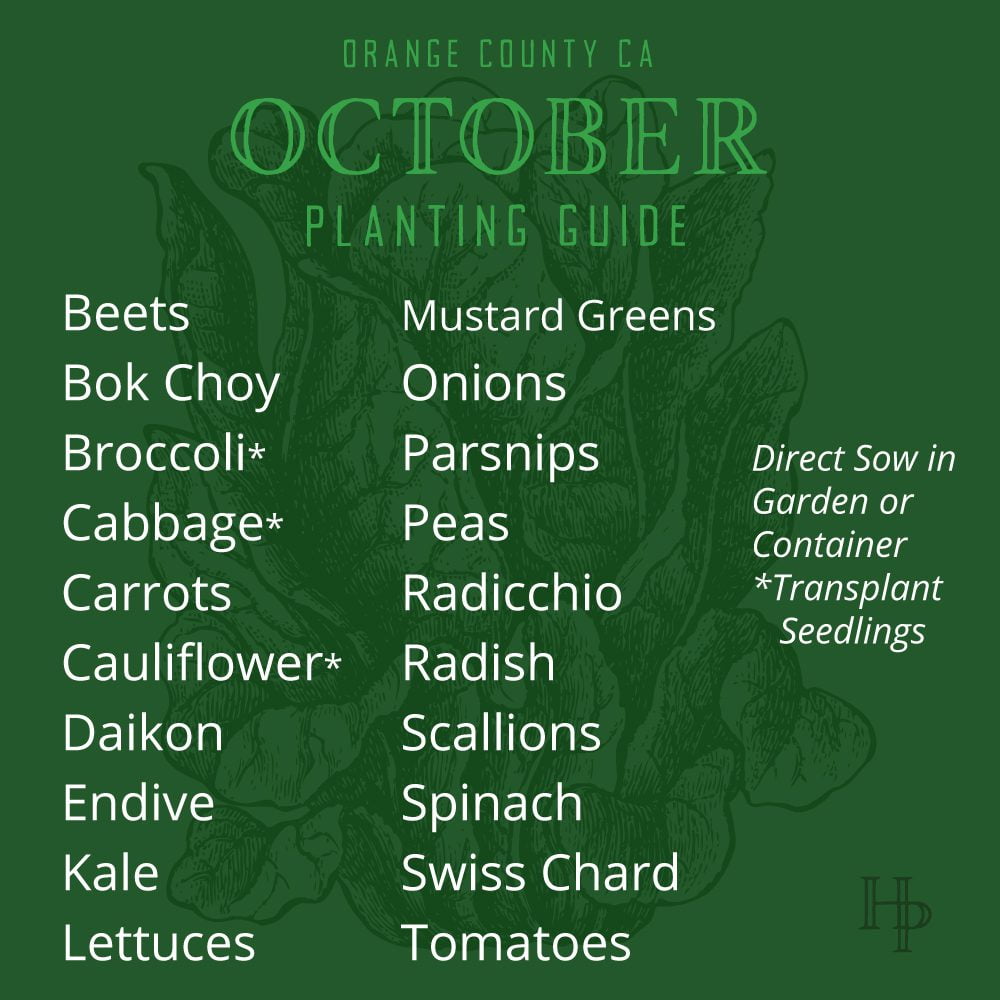
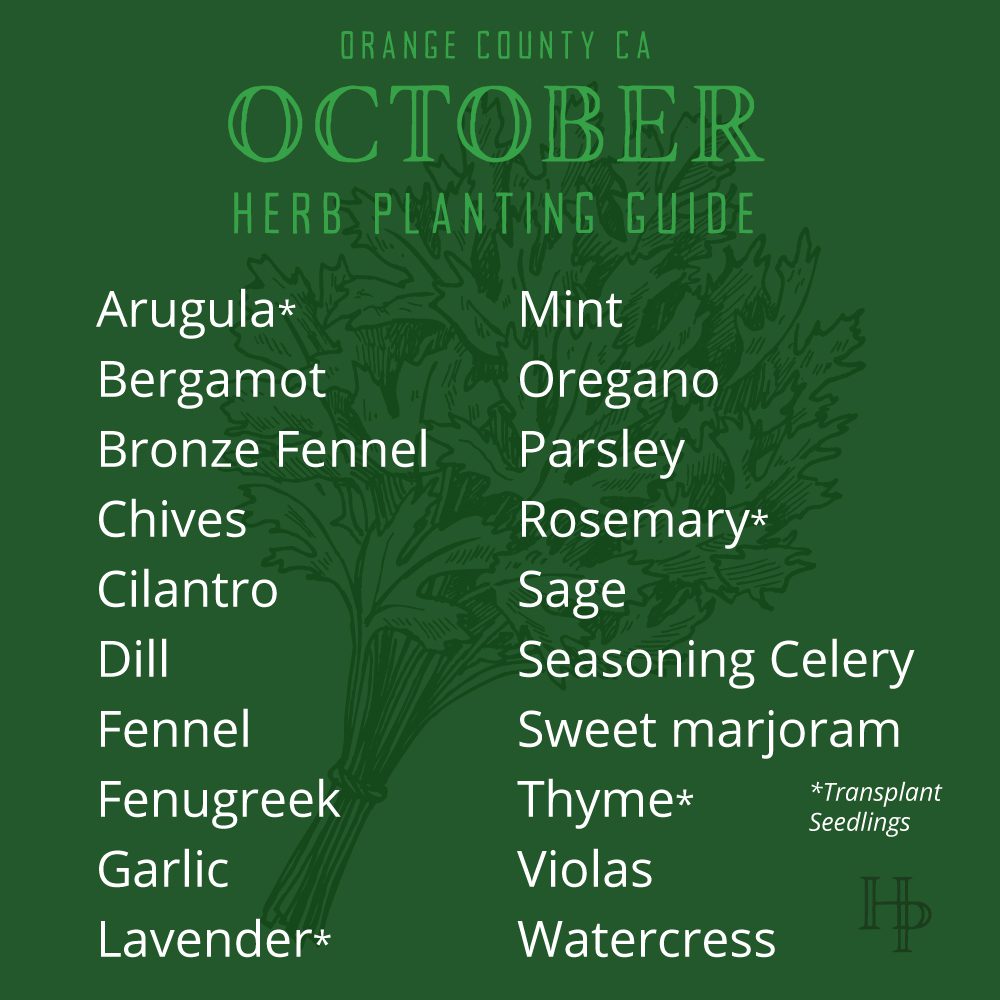

Unique Heirloom Varieties to Plant this Season
Practice Companion Planting for Your Fall Garden
Companion planting is a very old-world, organic gardening method rooted in creating a diverse ecosystem of fruits, vegetables, herbs, and flowers grown int he same space. As a result of inter-planting, you’ll create a more habitable environment for plants, improve soil health, and reduce the resources needed to grow sustainable amounts of produce.
Consider inter-planting some herbs with your fruits and vegetables this year to attract more pollinators and help keep pesky bugs at bay.
With a long and tenured history, the practice of companion planning was primarily practiced by home gardeners who weren’t driven solely by efficient outputs. However, as the impact of climate change grows and concerns over the use of pesticides for health increase, more and more gardeners (both home and commercial) are starting to implement the practice of companion planting.

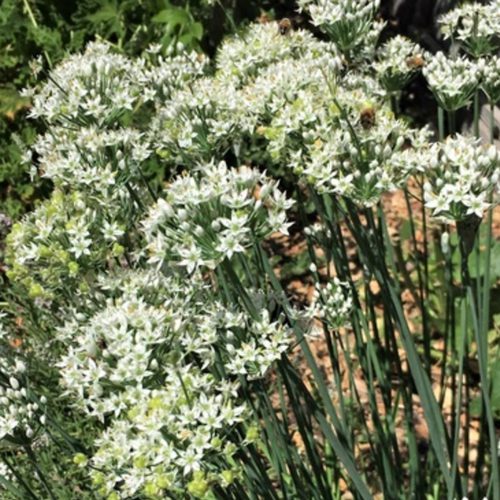
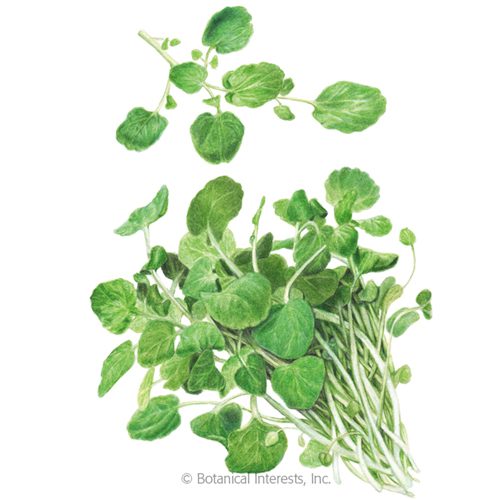
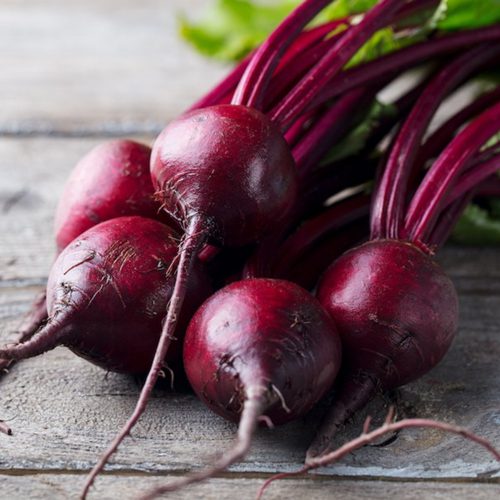
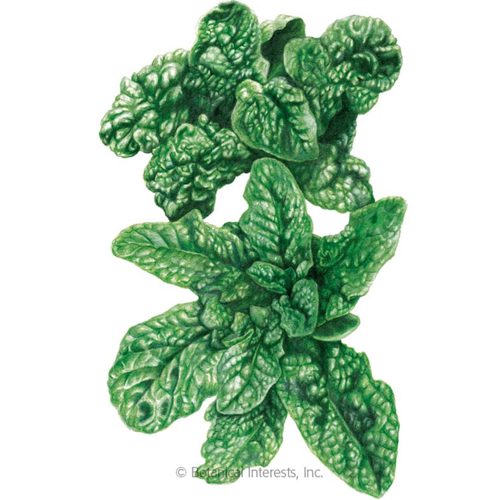
Leave A Comment